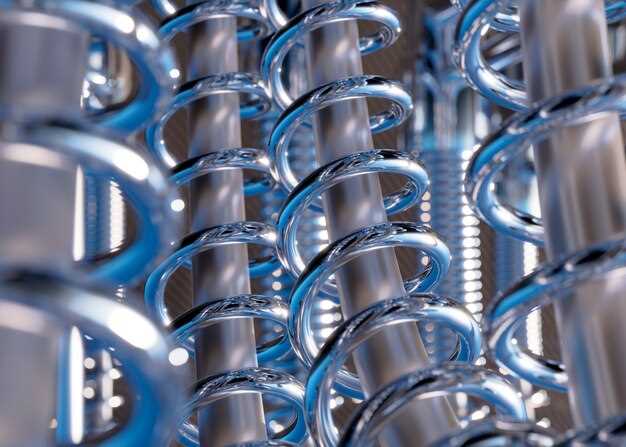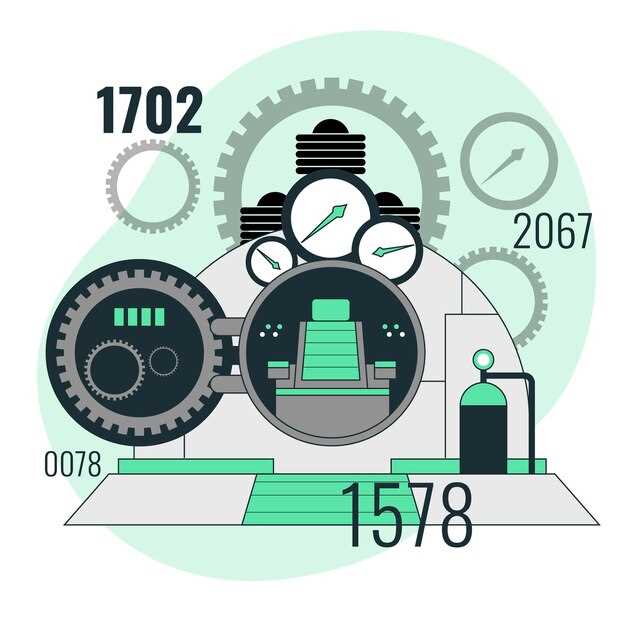
In the world of automotive performance, the significance of bushings is often overlooked. However, these small yet crucial components play a pivotal role in determining how a vehicle handles on the road. By connecting various suspension parts, bushings absorb shocks and vibrations, leading to improved ride quality and control. Choosing the right bushings can dramatically enhance a vehicle’s responsiveness and overall handling performance.
With advancements in engineering and materials, modern bushings are designed to provide better durability and performance characteristics. Polyurethane bushings, for example, are a popular upgrade over traditional rubber options. They offer increased stiffness, which results in reduced body roll and improved cornering capabilities. These properties make them a strong contender for performance enthusiasts looking to elevate their driving experience.
In addition to polyurethane, metallic bushings are gaining traction for their ability to deliver precise handling and immediate feedback from the road. While they may sacrifice some ride comfort, the enhanced stability and control they provide are often worth the trade-off for those seeking an aggressive driving style. Understanding the benefits and drawbacks of these different types of bushings is essential for selecting the right fit for your vehicle’s specific needs.
In this article, we will explore the top bushings available on the market and discuss their features, benefits, and applications. By examining each option, readers will gain insights into how to optimize their vehicle’s performance and handling, ultimately leading to a more enjoyable driving experience.
Choosing the Right Material for Enhanced Grip and Stability

The choice of material in bushings significantly impacts vehicle handling performance. Generally, bushings are made from rubber, polyurethane, or other synthetic materials, each offering distinct advantages and disadvantages. Understanding these materials can help in enhancing grip and stability on various terrains.
Rubber bushings are commonly used due to their excellent vibration dampening and comfort. They provide a softer connection between components, which can absorb shocks and reduce noise. However, the inherent flexibility of rubber can lead to less precise steering response, which may not be ideal for high-performance applications. In environments with extreme temperatures, rubber can also degrade, affecting longevity and performance.
Polyurethane bushings are favored for their durability and resistance to wear. They provide a firmer grip compared to rubber, which translates into improved handling and steering response. Polyurethane maintains its shape under stress and is less likely to deform over time, making it suitable for racing and high-performance vehicles. However, this material can transmit more road vibrations, potentially compromising ride comfort.
For extreme performance needs, advanced materials such as graphite-infused compounds or composite materials are emerging. These materials combine lightweight properties with superior strength and grip. They are engineered to deliver enhanced rigidity while still maintaining a degree of flexibility where needed, ensuring stability during aggressive cornering and quick maneuvers.
When selecting bushings, it is crucial to consider the intended use of the vehicle. Off-road vehicles may benefit more from rubber bushings due to their shock absorption qualities, while track-focused cars might gain from the stiffness of polyurethane or composite options. Additionally, environmental factors such as moisture, temperature variations, and road conditions should influence the material choice.
Ultimately, the right bushing material will depend on balancing performance needs, driver preferences, and the type of driving experience sought. A thorough understanding of these materials will facilitate better decisions in upgrading vehicle bushings for enhanced grip and stability.
Installation Tips for Optimal Performance Improvements
To maximize the benefits of bushings in enhancing vehicle handling performance, proper installation is crucial. Here are some essential tips to ensure optimal results.
1. Gather the Right Tools: Before starting the installation process, make sure you have all necessary tools on hand. This typically includes a jack, jack stands, wrenches, sockets, and potentially a bushing removal tool. Having the right equipment will save you time and ensure a smoother installation.
2. Read Manufacturer Instructions: Always refer to the installation instructions provided by the bushing manufacturer. Different bushings may have specific requirements or differences that are critical for ensuring proper fit and function.
3. Work in a Safe Environment: Ensure your vehicle is on a flat surface and securely lifted. Use jack stands to prevent any risk of the vehicle falling during the installation. Safety is paramount when working underneath a vehicle.
4. Inspect Components: Before installation, inspect the surrounding components for wear or damage. This can include control arms, subframes, and sway bars. Addressing any issues beforehand will improve the overall performance and longevity of your new bushings.
5. Use Proper Lubrication: Apply appropriate lubrication to the bushings as recommended by the manufacturer. This helps reduce friction during operation and can enhance performance. Ensure that the lubricant used is compatible with the bushing material.
6. Align Correctly: Ensure that the bushings are aligned correctly during installation. Misalignment can lead to premature wear and reduced performance. Double-check the orientation based on the manufacturer’s guidelines.
7. Tighten to Specifications: When securing the bushings, use a torque wrench to tighten them to the specifications outlined in the installation guide. Over-tightening can lead to damage, while under-tightening can result in poor handling characteristics.
8. Allow for Settling: After installation, it may take time for the bushings to settle in. A short test drive should be conducted to check handling and performance improvements. It may be necessary to recheck the torque settings after a brief period of use.
By following these installation tips, you can ensure that your new bushings deliver the enhanced handling performance you seek, making your driving experience more enjoyable and responsive.
Comparing Popular Brands: Which Bushings Offer the Best Handling?

When looking to enhance vehicle handling performance, selecting the right bushings is critical. Several brands have established themselves in the automotive market, each offering unique features tailored to different driving styles and preferences. Below, we will compare some of the most popular brands, focusing on their performance characteristics and overall handling benefits.
-
Energy Suspension:
Known for their durable polyurethane bushings, Energy Suspension offers products that provide improved responsiveness and stiffness compared to factory rubber bushings. Their offerings are highly rated for performance, particularly in applications requiring enhanced cornering stability.
-
Whiteline:
Whiteline bushings are designed with a focus on handling and performance tuning. Their unique design often incorporates additional features such as integrated alignment correction. Users frequently report increased precision during cornering and a more connected feel between the driver and the road.
-
Prothane:
Prothane’s line of bushings is popular among enthusiasts for providing a quiet ride without compromising performance. Made from high-quality polyurethane, these bushings reduce deflection, allowing for better control during aggressive driving maneuvers.
-
Moog:
Moog bushings are renowned for their reputation in durability and reliability. While they may not always be the go-to for maximum performance, they offer a good balance between comfort and handling, making them suitable for those who want an upgrade without sacrificing ride quality.
-
SuperPro:
SuperPro bushings focus on reducing unwanted suspension movement, which results in improved alignment and stability. Their innovative design also comes with a unique greaseable feature that enhances longevity and performance over time.
When selecting a bushing brand, consider factors like intended use, driving style, and desired level of road feedback. For high-performance applications, brands like Energy Suspension and Whiteline may provide the best handling characteristics. In contrast, those looking for a balance between comfort and enhanced handling might lean towards Moog or Prothane. Ultimately, the best choice will depend on individual preferences and requirements.




